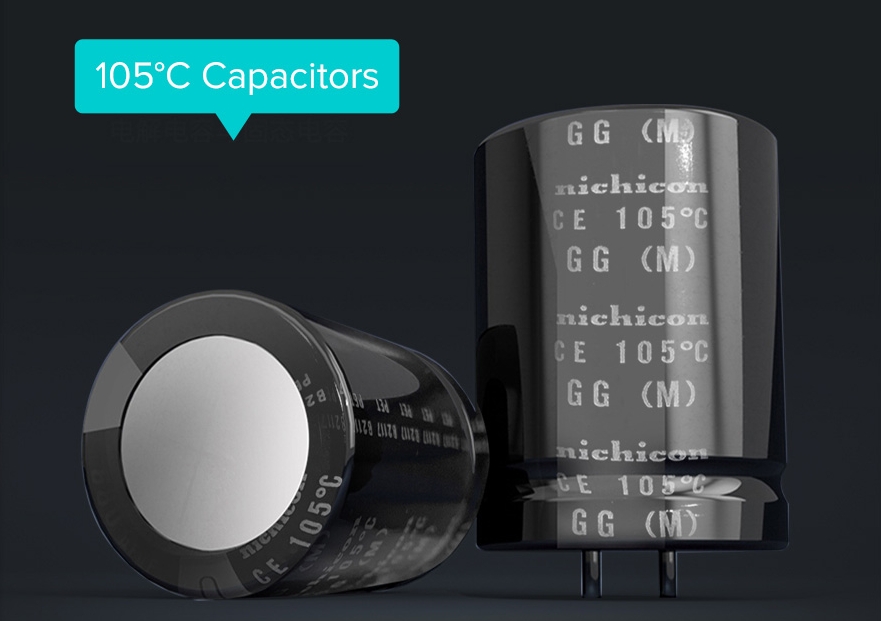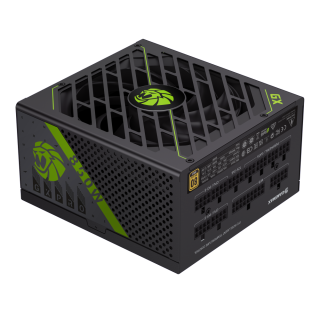In the world of personal computers, the power supply unit (PSU) is one of the most critical components. It converts the AC power from your wall outlet into the DC power that your computer’s components require. However, despite its importance, many users overlook the PSU when building or upgrading their PCs. This article will delve into the role of PSUs, how to choose the right one for your system, and the factors that contribute to a PSU’s efficiency and performance.
A power supply unit (PSU) is an essential component in a computer system. It takes the electrical energy from a standard outlet and converts it into usable power for the various components of a PC, including the motherboard, CPU, GPU, and storage devices. Without a reliable PSU, the components in your system would not function correctly, leading to instability or even damage.

Stability and Reliability: A good PSU ensures that your components receive a steady and reliable power supply, which is crucial for system stability.
Compatibility: Not all PSUs are compatible with every component. Knowing the wattage requirements of your components will help you choose a PSU that meets those needs.
Efficiency: Power supply efficiency affects your electricity bill and the overall heat output of your system. An efficient PSU converts more of the incoming power into usable power, minimizing waste.
Future Upgrades: Choosing a PSU with a higher wattage than your current requirements can allow for future upgrades without needing to replace the PSU.
Wattage: The wattage rating of a PSU indicates how much power it can deliver. It’s essential to calculate the total power consumption of your components to determine the required wattage. Websites and calculators are available to help estimate your power needs based on your specific build.
Efficiency Ratings: PSUs come with efficiency ratings, typically ranging from 80% to over 90%. Look for units with an 80 PLUS certification, which guarantees that the PSU is at least 80% efficient at 20%, 50%, and 100% load. Higher ratings, such as Gold, Platinum, or Titanium, offer greater efficiency.
Modularity: PSUs come in three types: non-modular, semi-modular, and fully modular.
Non-modular PSUs have all cables permanently attached, which can lead to clutter.
Semi-modular PSUs have essential cables attached, while other cables can be added as needed.
Fully modular PSUs allow you to connect only the cables you need, resulting in a cleaner build and improved airflow.
Rails: A PSU has single or multiple rails that deliver power. Single-rail PSUs provide all the power on one rail, while multi-rail PSUs distribute power across multiple rails. Multi-rail designs can offer enhanced protection against overloading.
Brand Reputation and Warranty: It’s advisable to purchase from reputable brands known for quality and reliability. Look for PSUs that come with a solid warranty, as this can be an indicator of the manufacturer’s confidence in their product.

850W 80 Plus Gold ATX3.1 PCIe5.1 power supply with PCIe5.1 12V-2*6 connector for direct RTX™ 40 Series GPU connection, minimizing current loss.
• ATX3.1 & PCIe5.1 ready with 12V-2*6 connector
• LLC MPS1213 Chipset optimizes LLC resonant circuit for high efficiency at all loads
• UP3861 Chip ensures stable 3.3V and 5V outputs with reduced ripple noise
• MPS6924 Chip boosts efficiency via optimized synchronous rectification
• 105℃ Japanese bulk capacitors ensure long life and stable output
• Quiet, temperature-controlled axial fan for efficient cooling
• Seven protection levels: OTP, OCP, SCP, OVP, UVP, OPP, SIP
• Black flat copper output cables for efficient power delivery
• SMT-produced components for fast heat dissipation and stability

Gamemax RGB-1050 PRO Fully Modular 80+ Gold Certified, LLC+DC-DC design for Powerful single +12V rail helps ensure a stable and reliable supply to other PC components
• With main Japanese capacitor and 140mm, ARGB fan helps deliver brighter and stunning light effect and supports synchronization with compatible RGB motherboards from ASUS, GIGABYTE, MSI, and ASRock for countless illumination possibilities.
• 80 Plus Gold Certified: RGB-1050 PRO uses the main Japan Capacitor with 90% efficiency or higher under typical loads
• Lower power consumption, less noise, and cooler temperatures.
• RGB Light Mode: 25 smart RGB lighting modes with memory function, press the RGB controller switch to choose the color mode you like single color mode, breathing lights mode, and color mix mode.
• Full Modular: Free-Cable Design, Farewell to messy cables!
• The daughterboards are directly soldered to the motherboard for better heat dissipation and impressive output power quality.
• Ultra-quiet fan: The 140mm ultraquiet fan keeps your power supply quiet while maintaining good heat dissipation.
• Output and Protection: Powerful single +12V rails offer stable DC output and support high-end graphic cards and PC systems
• Excellent capacitors offer stability, durability, and reliability, OPP/OVP/UVP/SCP/OCP/SIP electrical protection included.
Installing a PSU is a straightforward process, but it requires attention to detail. Here’s a step-by-step guide:
Power Off Your PC: Always ensure your PC is turned off and unplugged before starting any work.
Open the Case: Remove the side panel of your computer case to access the internal components.
Remove Old PSU (if applicable): If you are replacing an existing PSU, disconnect all cables from the motherboard and components, then unscrew and remove the old PSU.
Install the New PSU: Position the new PSU in the designated area of the case. Most cases have a dedicated space for the PSU, usually at the bottom or top. Secure it with screws provided.
Connect the Cables: Connect the 24-pin motherboard power cable, the 4/8-pin CPU power cable, and any additional cables for your GPU and storage devices.
Organize Cables: Use cable ties or Velcro straps to organize the cables for better airflow and aesthetics.
Close the Case and Power On: Once everything is connected, close the case and power on your PC to test the new PSU.
Choosing the right power supply unit is crucial for the performance, stability, and longevity of your PC. By understanding the different factors that contribute to a PSU’s effectiveness, you can make an informed decision that meets your needs. Remember to consider wattage, efficiency, modularity, and brand reputation when making your choice. A reliable PSU will not only power your system but also protect your valuable components.